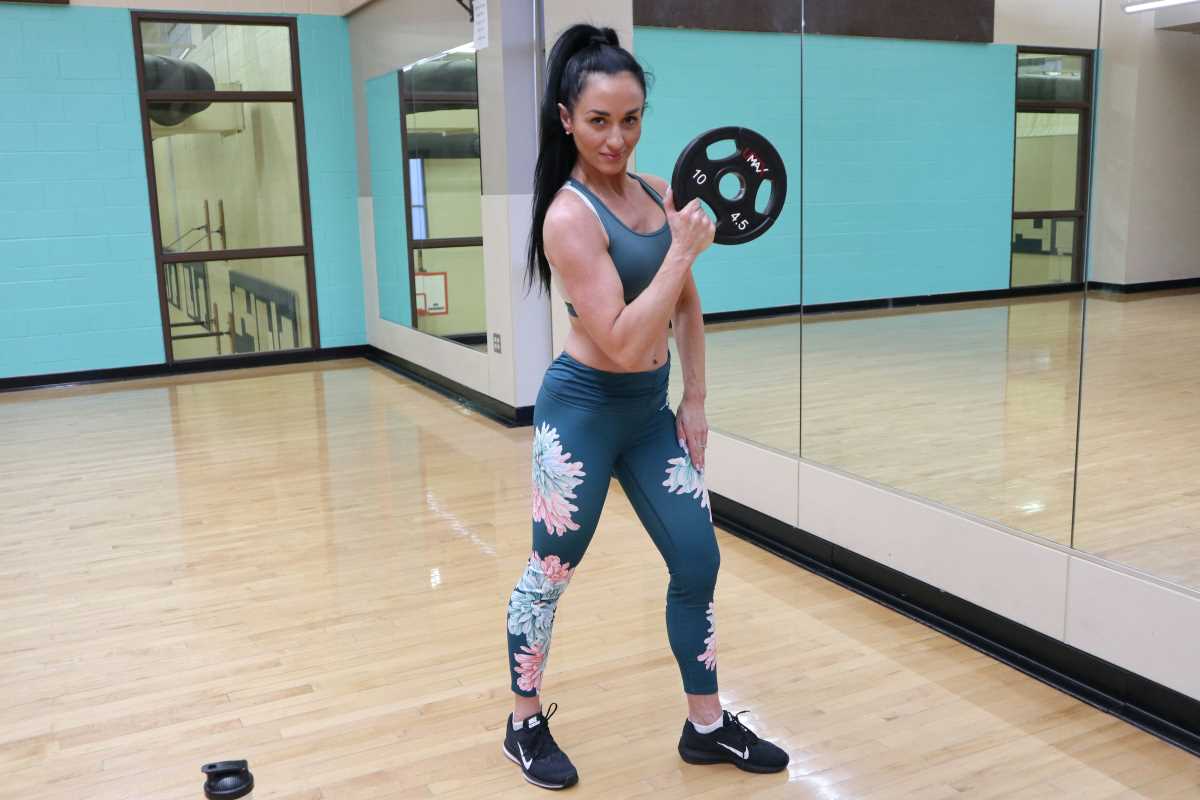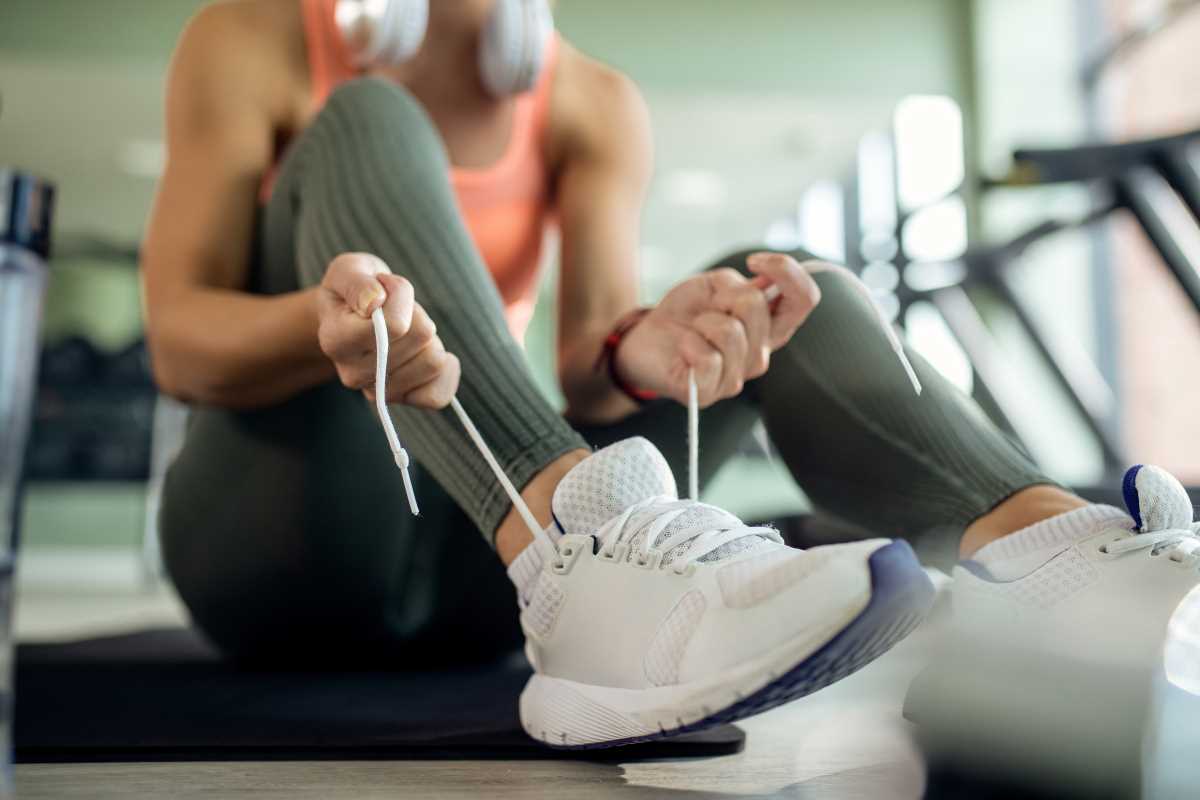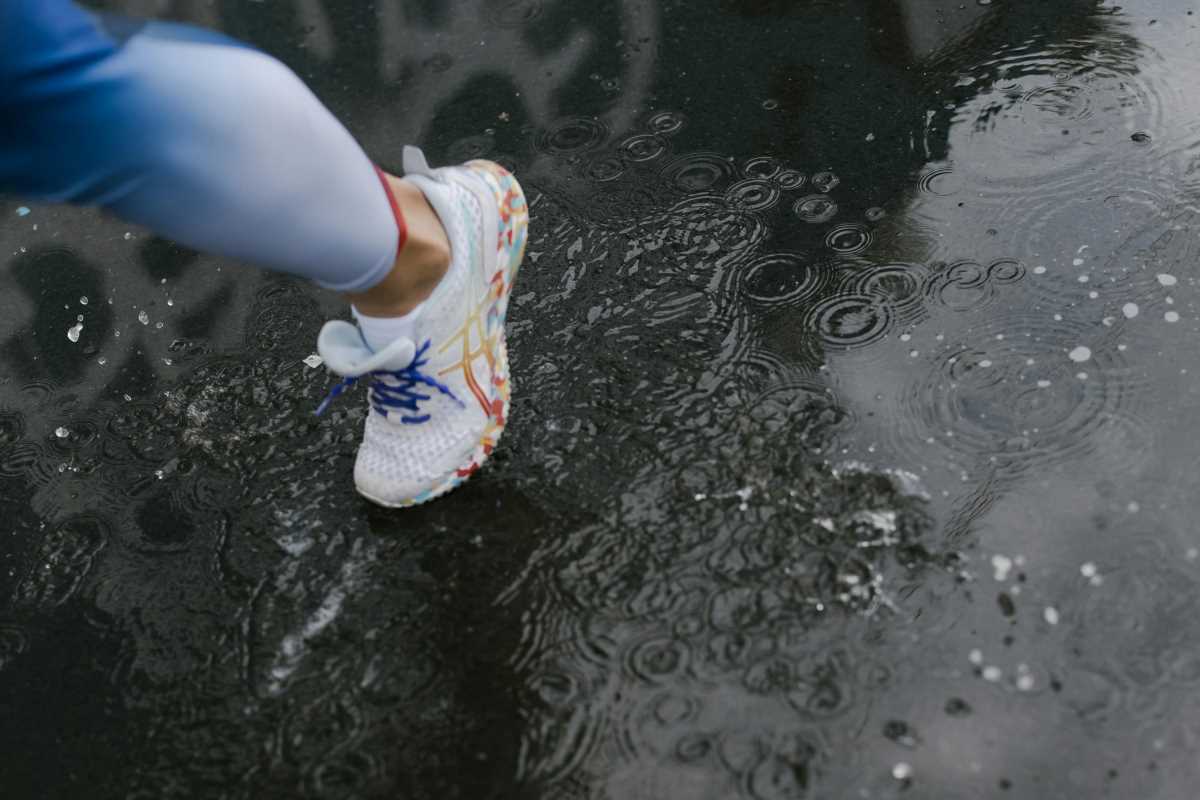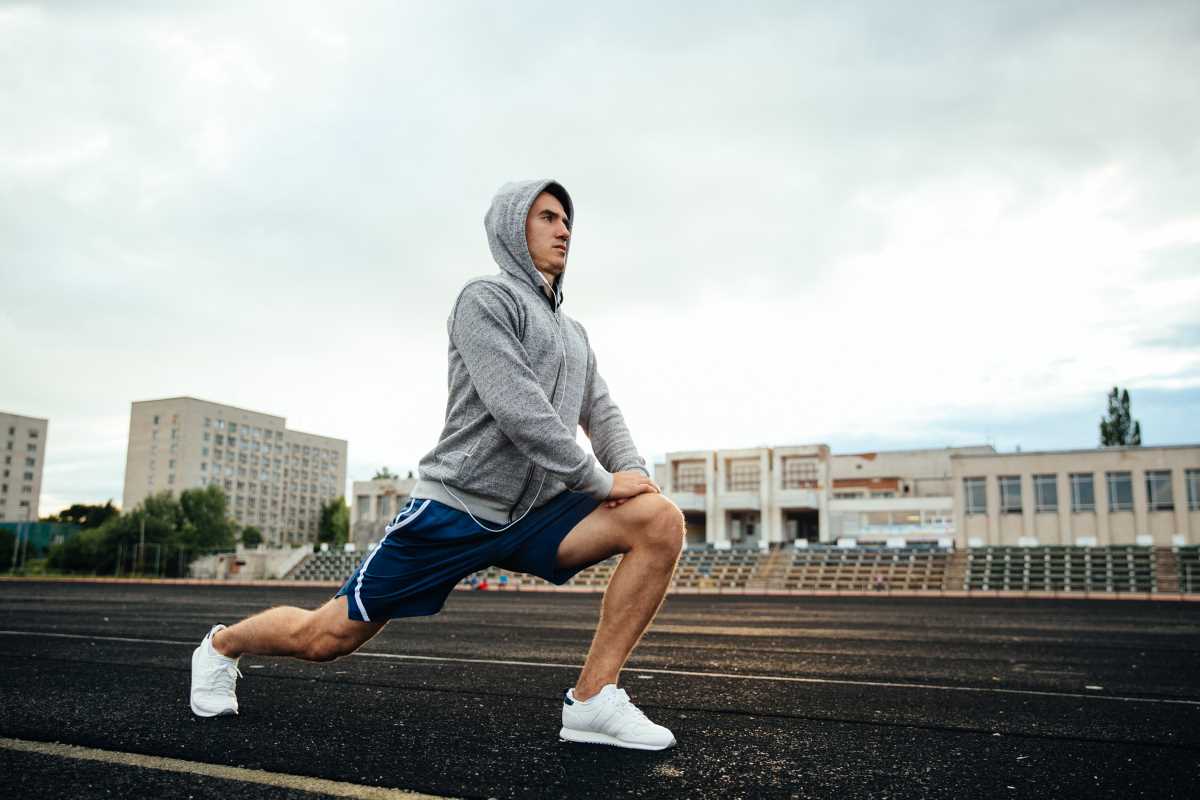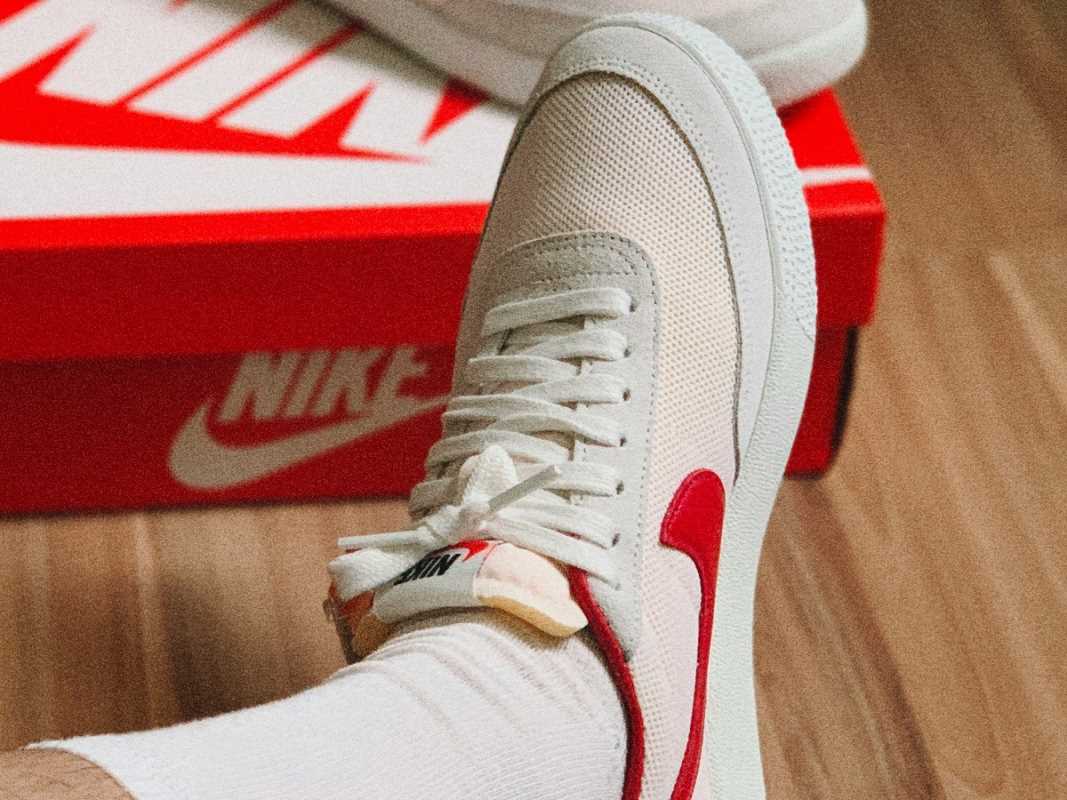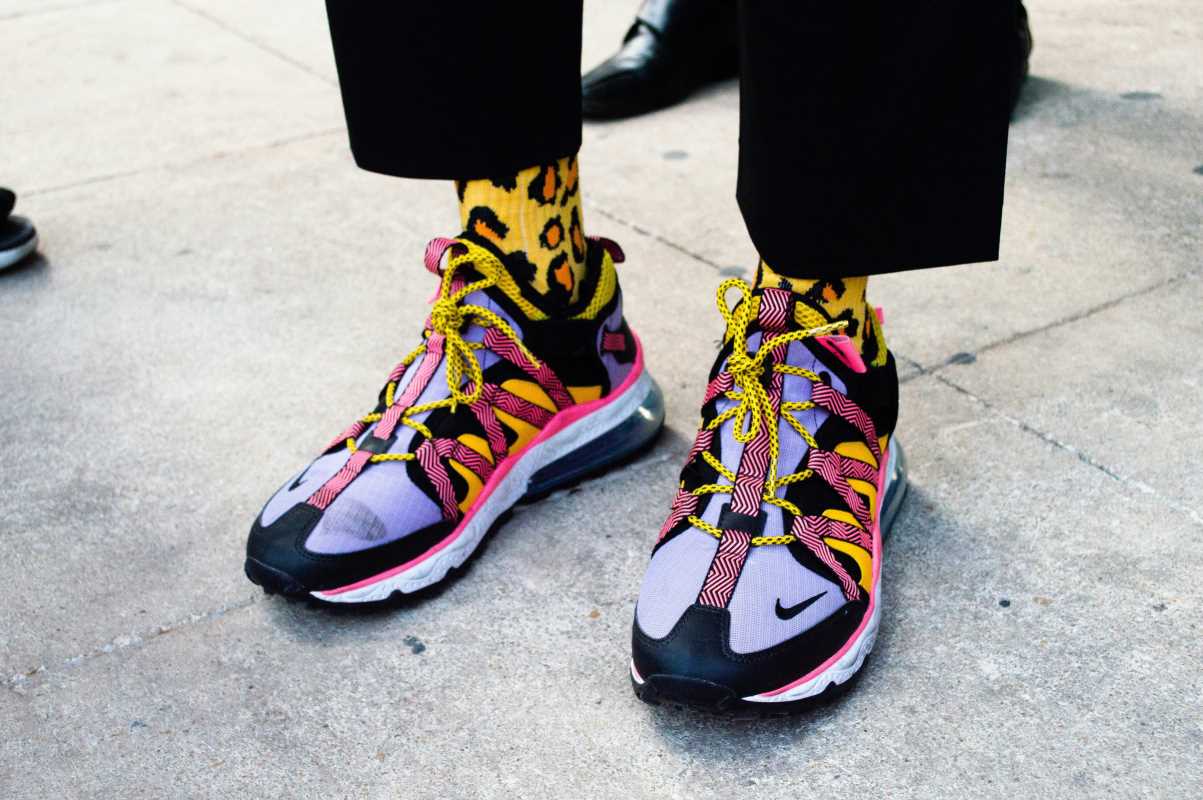Seasonal layering helps you stay comfortable and stylish throughout shifting weather conditions. You can enjoy the benefits of technical fabrics while maintaining a polished appearance. This guide explains the purpose of each layer, starting with moisture-wicking base garments and finishing with protective outer shells. Discover easy ways to combine fabric technology with modern style, ensuring you look and feel your best wherever you go. With clear advice on choosing the right materials and pairing pieces, you will learn how to upgrade your wardrobe without sacrificing function or flair.
We’ll walk through why layering matters, how to pick each component, and creative ways to pair colors and cuts. By the end, you’ll feel confident mixing technical wear with street-ready flair every single season.
Fundamentals of Seasonal Layering
Layering depends on three main goals: moisture management, temperature control, and freedom of movement. Each piece has a job. The base layer pulls sweat away from skin. A mid layer traps body heat. The outer layer blocks wind and water. When you stack these smartly, you can handle chill or heat spikes without fuss.
Seasonal adjustments are important. In winter, you increase insulation. During summer, you replace heavier pieces with ultralight options. Paying attention to fabric weights and breathability helps you stay balanced instead of overheating or shivering. Learn to tweak thickness, stretch, and ventilation to match the forecast and your workout intensity.
Choosing the Right Base Layers
Why It Matters:
Your base layer sets the tone for every other piece of clothing—it’s the first defense against sweat and temperature swings. Look for fabrics labeled moisture-wicking or quick-dry, and aim for a fit that hugs the body without feeling restrictive.
Options to Consider:
- Lightweight synthetic blends – Push sweat to the surface and dry quickly.
- Merino wool – Nature’s temperature regulator; resists odor on multi-day outings.
- Seamless knits – Reduce chafing and feel smooth under tighter layers.
- Compression fits – Improve blood flow and muscle support during intense sessions.
Practical Fit Tips:
- Use tank tops for hot days.
- Choose long sleeves when you need both sun and chill coverage.
- Always try on your base layer under your mid layer to avoid bulk or pinching.
Mid Layers: Balancing Warmth and Mobility
Why It Matters:
The mid layer’s job is simple: trap heat without restricting your range of motion. Choose fabrics with loft or stretch that align with your activity level.
Options to Consider:
- Fleece jackets – Lightweight insulation that still wicks moisture. Look for panels or zip vents to fine-tune airflow.
- Synthetic insulated vests – Keep your core warm while freeing up your arms for lifting, reaching, or climbing.
- Softshells – Blend wind resistance with four-way stretch; perfect for high-output workouts in cool temps.
- Hybrid layers – Pair down or synthetic fill with stretchy jersey sleeves for mixed activities.
- Packable parkas – Compress into a small bag when temps rise, then pull out for a midday chill.
Practical Fit Tips:
- Test different layering combinations at home to avoid bulk.
- Make sure you can move freely in your full kit before heading out.
Outer Layers for Performance and Style
Why It Matters:
Your outerwear is the shield against wind, rain, and snow. It also finishes your look—combining function with style.
Key Features to Look For:
- Waterproof membranes – Keep you dry when skies open up.
- Breathable vents – Underarm or back zips prevent overheating during sprints or climbs.
- Reflective trims – Boost visibility for early-morning runs and late-night rides.
- Adjustable hoods and hems – Cinch tight to block drafts or loosen when you heat up.
Style + Function Tip:
- Choose a silhouette with sleek cuts and technical panels. That way, you stay weather-ready without sacrificing everyday style.
Color blocking or tonal layering adds a fresh look. Pair neutral outer shells with vibrant mid layers or neon accents on zippers and logos for an eye-catching effect. Combining utility and style turns heads without compromising your workout.
Styling Tips for Functional Wear
Adding bold prints, textures, and reflective details lets your gear stay practical while showing personality. Coordinated layers and smart accessories complete the look and enhance performance. With the right mix of science and style, functional wear becomes workout-ready and runway-worthy.

